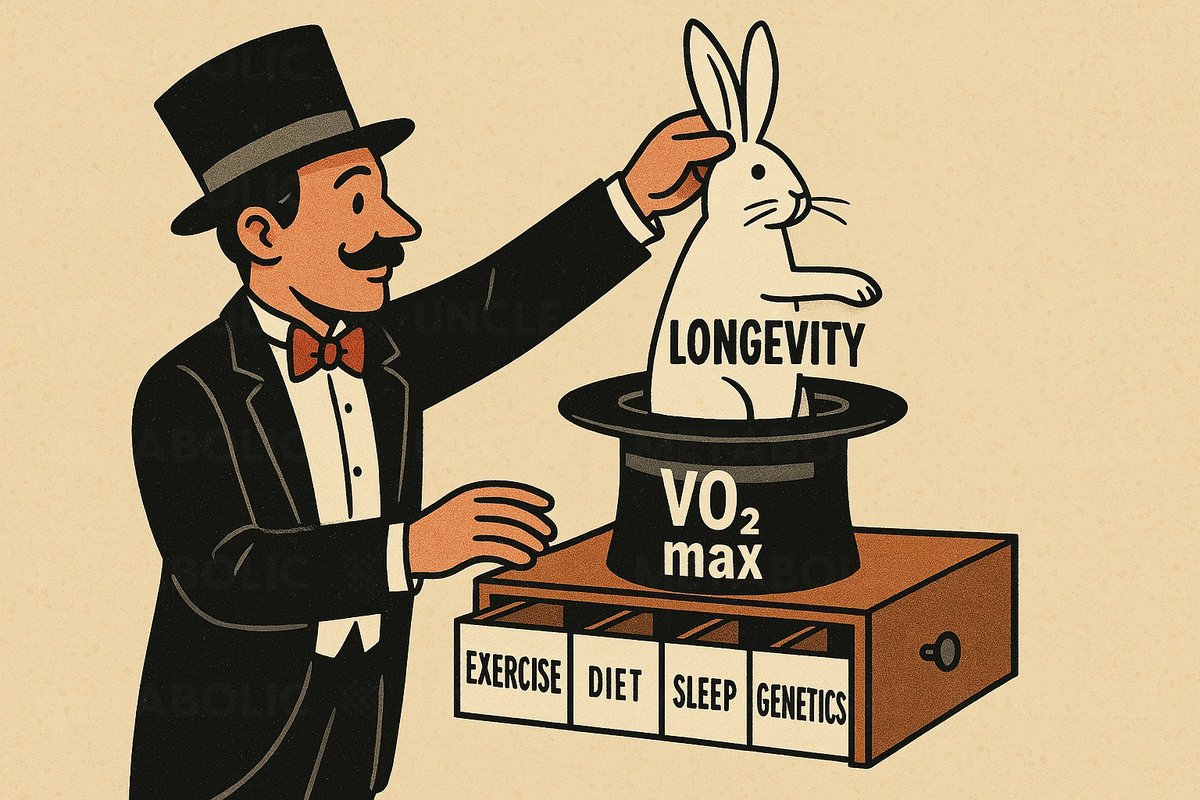The Detox Lie: Your Body Isn't a Drainpipe
People are obsessed with detox. They drink green sludge. They buy expensive foot pads. They starve themselves on juice cleanses, thinking they’re flushing out some vague, accumulated filth.
They think the body is a simple plumbing system. A clogged drain that just needs a good dose of Drano.
It’s a fundamental misunderstanding of how life actually works.
Real detox has nothing to do with your liver, your kidneys, or your colon. Not primarily. Those are just the downstream exit routes.
The real work, the place where health is won or lost, is inside your cells.
If you don’t fix the cell, you will never get well.
It’s that simple.
People are obsessed with detox. They drink green sludge. They buy expensive foot pads. They starve themselves on juice cleanses, thinking they’re flushing out some vague, accumulated filth.
They think the body is a simple plumbing system. A clogged drain that just needs a good dose of Drano.
It’s a fundamental misunderstanding of how life actually works.
Real detox has nothing to do with your liver, your kidneys, or your colon. Not primarily. Those are just the downstream exit routes.
The real work, the place where health is won or lost, is inside your cells.
If you don’t fix the cell, you will never get well.
It’s that simple.

Think of your body as a high-performance engine. Each of your trillions of cells is a combustion chamber. When a cell makes energy, it also produces exhaust… metabolic waste.
A healthy cell, with its detox pathways wide open, gets rid of this exhaust effortlessly. Energy in, waste out. Clean power.
Now, imagine someone stuffs an apple in that engine’s exhaust pipe.
What happens?
The exhaust backs up. The toxins build up inside the engine. The power starts to die. First, you just feel sluggish.
You have to push the accelerator harder to get the same result. Sound familiar? Soon, the engine is sputtering, misfiring, and on the verge of stalling completely.
That is what’s happening inside the cells of most people.
Their cellular detox pathways are clogged. Toxins are building up. The first sign isn’t a disease… it’s low energy.
It’s that feeling of just not having enough power to get through the day. As the toxins accumulate, they start flipping switches on your DNA. They turn on the bad genes.
Now you get a diagnosis. Thyroid condition. Autoimmune. Whatever it is.
The doctor looks at your bloodwork. He tells you your thyroid levels are “normal.” He tells you you’re healthier than he is. But your hair is thinning and you feel like death.
Why?
Because the blood test doesn’t show what’s happening *inside the cell*. You can have plenty of thyroid hormone floating around in your blood, but if your cells are inflamed… if the receptors are blocked… that hormone can’t get in to deliver its message.
It’s like shouting at a house with all the windows and doors sealed shut.
Nobody can hear you.
The problem isn't a lack of hormones. The problem is cellular inflammation. The problem is a toxic cell that can't get good things in or bad things out.
A healthy cell, with its detox pathways wide open, gets rid of this exhaust effortlessly. Energy in, waste out. Clean power.
Now, imagine someone stuffs an apple in that engine’s exhaust pipe.
What happens?
The exhaust backs up. The toxins build up inside the engine. The power starts to die. First, you just feel sluggish.
You have to push the accelerator harder to get the same result. Sound familiar? Soon, the engine is sputtering, misfiring, and on the verge of stalling completely.
That is what’s happening inside the cells of most people.
Their cellular detox pathways are clogged. Toxins are building up. The first sign isn’t a disease… it’s low energy.
It’s that feeling of just not having enough power to get through the day. As the toxins accumulate, they start flipping switches on your DNA. They turn on the bad genes.
Now you get a diagnosis. Thyroid condition. Autoimmune. Whatever it is.
The doctor looks at your bloodwork. He tells you your thyroid levels are “normal.” He tells you you’re healthier than he is. But your hair is thinning and you feel like death.
Why?
Because the blood test doesn’t show what’s happening *inside the cell*. You can have plenty of thyroid hormone floating around in your blood, but if your cells are inflamed… if the receptors are blocked… that hormone can’t get in to deliver its message.
It’s like shouting at a house with all the windows and doors sealed shut.
Nobody can hear you.
The problem isn't a lack of hormones. The problem is cellular inflammation. The problem is a toxic cell that can't get good things in or bad things out.

So how do you fix the cell?
It’s not about a magic pill or a weekend cleanse. It’s a systematic process. A roadmap.
First, you have to remove the source. You cannot get well if you are still living in a moldy house, eating glyphosate-sprayed food, or drinking water from plastic bottles.
You have to stop the constant upstream poisoning. It’s the obvious first step that almost everyone misses.
Second, you have to regenerate the cell membranes. The membrane is the gatekeeper. It’s the brain of the cell.
Life and death begin on the membrane. People have been taught to fear the very things they need to rebuild it… saturated fat and cholesterol.
These are the foundational stabilizers. The bedrock. Your body was screaming for them for a reason. Instead, people have been eating rancid, adulterated seed oils for decades.
These fragile fats embed in the cell membrane and stay there for months, driving inflammation and blocking communication. You must flush out the bad fats and rebuild the wall with stable, undamaged ones.
Third, you have to restore cellular energy. The mitochondria. This is everything. As cellular energy drops, inflammation rises. As energy drops, your body’s master antioxidant, glutathione, plummets.
Without energy, the cell cannot run its repair and detox programs. It’s in a constant state of emergency.
Fourth, you have to reduce the inflammation itself. This is where diet dogma fails. People stay low-carb too long. They stay keto too long. They fast too much.
They force their body into a perpetual state of starvation. The metabolism slows down to conserve energy.
It’s not about a magic pill or a weekend cleanse. It’s a systematic process. A roadmap.
First, you have to remove the source. You cannot get well if you are still living in a moldy house, eating glyphosate-sprayed food, or drinking water from plastic bottles.
You have to stop the constant upstream poisoning. It’s the obvious first step that almost everyone misses.
Second, you have to regenerate the cell membranes. The membrane is the gatekeeper. It’s the brain of the cell.
Life and death begin on the membrane. People have been taught to fear the very things they need to rebuild it… saturated fat and cholesterol.
These are the foundational stabilizers. The bedrock. Your body was screaming for them for a reason. Instead, people have been eating rancid, adulterated seed oils for decades.
These fragile fats embed in the cell membrane and stay there for months, driving inflammation and blocking communication. You must flush out the bad fats and rebuild the wall with stable, undamaged ones.
Third, you have to restore cellular energy. The mitochondria. This is everything. As cellular energy drops, inflammation rises. As energy drops, your body’s master antioxidant, glutathione, plummets.
Without energy, the cell cannot run its repair and detox programs. It’s in a constant state of emergency.
Fourth, you have to reduce the inflammation itself. This is where diet dogma fails. People stay low-carb too long. They stay keto too long. They fast too much.
They force their body into a perpetual state of starvation. The metabolism slows down to conserve energy.

And finally, you realize that you can’t separate the physical from the emotional.
Trapped emotions… trauma… they are stored in the same place as heavy metals and mold toxins. At the cellular level.
They create a frequency that tells your DNA what to do, just like a physical toxin does. When your thoughts are negative, when you are disconnected from purpose, your cells become that reality. They hold onto toxins.
They refuse to let go.
The entire detox industry is a house of cards. It’s built on a lie. A convenient, marketable lie that you can buy your way to health in a 3-day cleanse.
You can’t.
Stop chasing symptoms. Stop looking at blood tests that measure the average level of sickness in a sick society.
Look at the cell.
Give it what it needs to make energy. Give it the right materials to rebuild its walls. Remove the poisons from its environment… both physical and emotional.
Do that, and the body will heal itself.
Time and energy.
That’s all it needs.
Trapped emotions… trauma… they are stored in the same place as heavy metals and mold toxins. At the cellular level.
They create a frequency that tells your DNA what to do, just like a physical toxin does. When your thoughts are negative, when you are disconnected from purpose, your cells become that reality. They hold onto toxins.
They refuse to let go.
The entire detox industry is a house of cards. It’s built on a lie. A convenient, marketable lie that you can buy your way to health in a 3-day cleanse.
You can’t.
Stop chasing symptoms. Stop looking at blood tests that measure the average level of sickness in a sick society.
Look at the cell.
Give it what it needs to make energy. Give it the right materials to rebuild its walls. Remove the poisons from its environment… both physical and emotional.
Do that, and the body will heal itself.
Time and energy.
That’s all it needs.

• • •
Missing some Tweet in this thread? You can try to
force a refresh




















